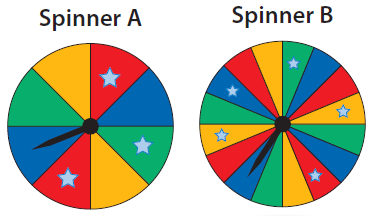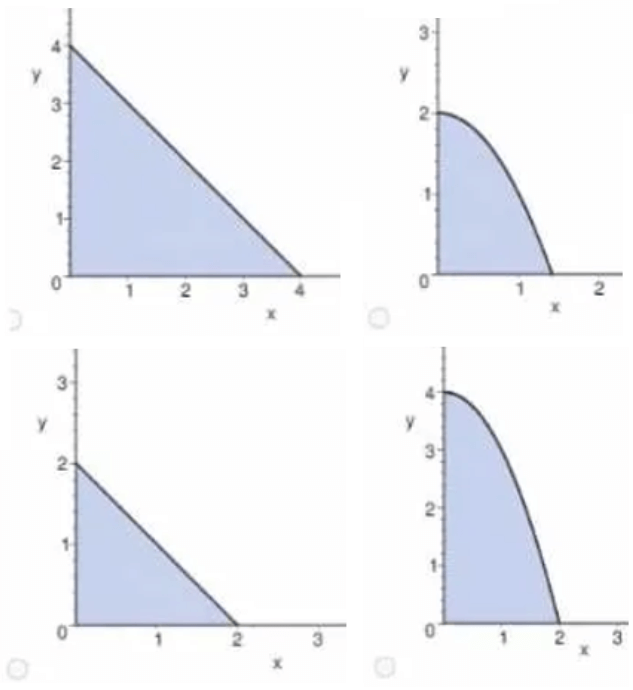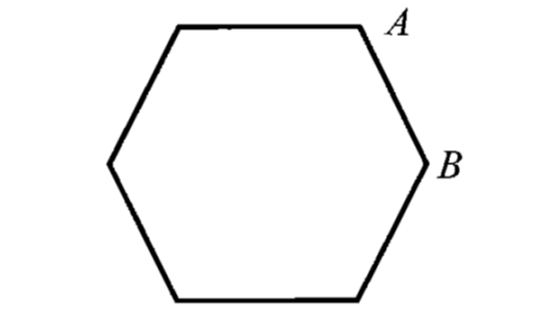THEORETICAL PROBABILITY
Theoretical Probability is the theory behind probability.
Experimental (empirical) probability is the probability calculated during experiments, direct observation, experience, or practice.
With theoretical probability, we don’t actually conduct an experiment (i.e. roll a die or conduct a survey). Instead, we use our knowledge about a situation, some logical reasoning, and/or known formula to calculate the probability of an event happening.
It can be written as the ratio of the number of favorable events divided by the number of possible events.
Examples
Example 1 :
If a six faced cube is rolled once (numbered the faces from 1 to 6), find the probability of getting an even number.
Solution :
All possible outcomes = {1, 2, 3, 4, 5, 6}
Number of all possible outcomes : 6
Possible outcomes for an even number = {2, 4, 6}
Number of favorable outcomes : 3

Ratio = 3/6
Ratio = 0.5
Hence, the probability of getting an even number is 0.5 or 50%.
Note :
Here, we don't actually conduct the experiment. We find probability of getting an even number with our prior knowledge of rolling a die.
Example 2 :
At a school fair, we have a choice of spinning Spinner A or Spinner B. We win an MP3 player if the spinner lands on a section with a star in it. Which spinner should we choose if we want a better chance of winning ?

Solution :
Let us find probabilities of getting a star in both spinner A and spinner B.
Compare the probabilities and choose which spinner has better chance of winning.
Spinner A :
Total number of sections = 8
Number of sections with stars = 3
The formula given below can be used to find probability.

Probability (A) = 3/8 = 0.375 or 37.5 %
Spinner B :
Total number of sections = 16
Number of sections with stars = 5
Probability (B) = 5/16 = 0.3125 or 31.25 %
Conclusion :
The probability of getting a star in Spinner A is greater than Spinner B. So, we should choose for a better chance of winning
Reflect
Theoretical probability is a way to describe how we found the chance of winning an MP3 player in the scenario above. Using the spinner example to help you, explain in your own words how to find the theoretical probability of an event.
The theoretical probability of an event is a ratio comparing the number of ways the event can occur to the total number of outcomes for the experiment.
Kindly mail your feedback to v4formath@gmail.com
We always appreciate your feedback.
©All rights reserved. onlinemath4all.com
Recent Articles
-
AP Calculus AB Problems with Solutions (Part - 10)
Feb 11, 25 05:37 AM
AP Calculus AB Problems with Solutions (Part - 10) -
AP Calculus AB Problems with Solutions (Part - 9)
Feb 10, 25 06:02 PM
AP Calculus AB Problems with Solutions (Part - 9) -
Digital SAT Math Problems and Solutions (Part - 108)
Feb 10, 25 07:03 AM
Digital SAT Math Problems and Solutions (Part - 108)

